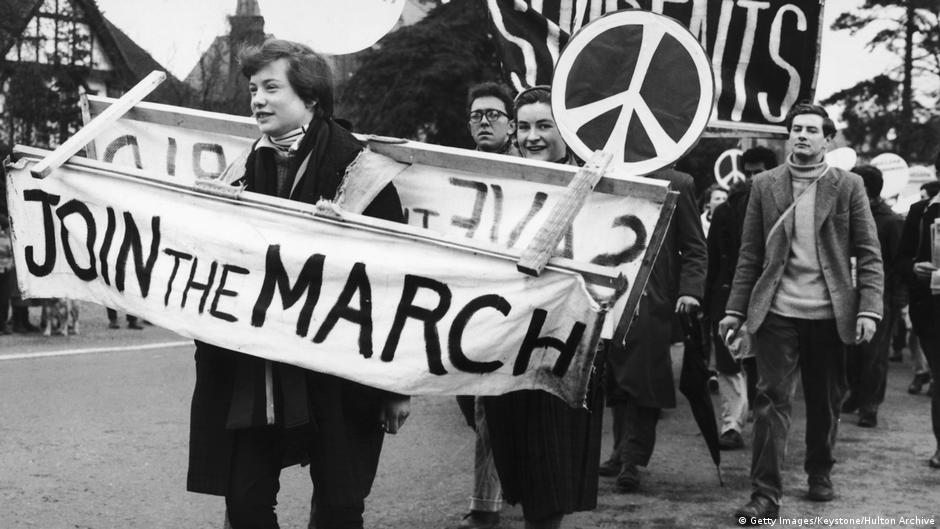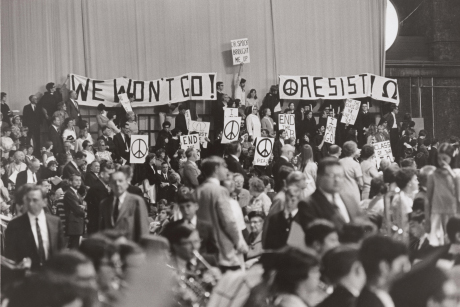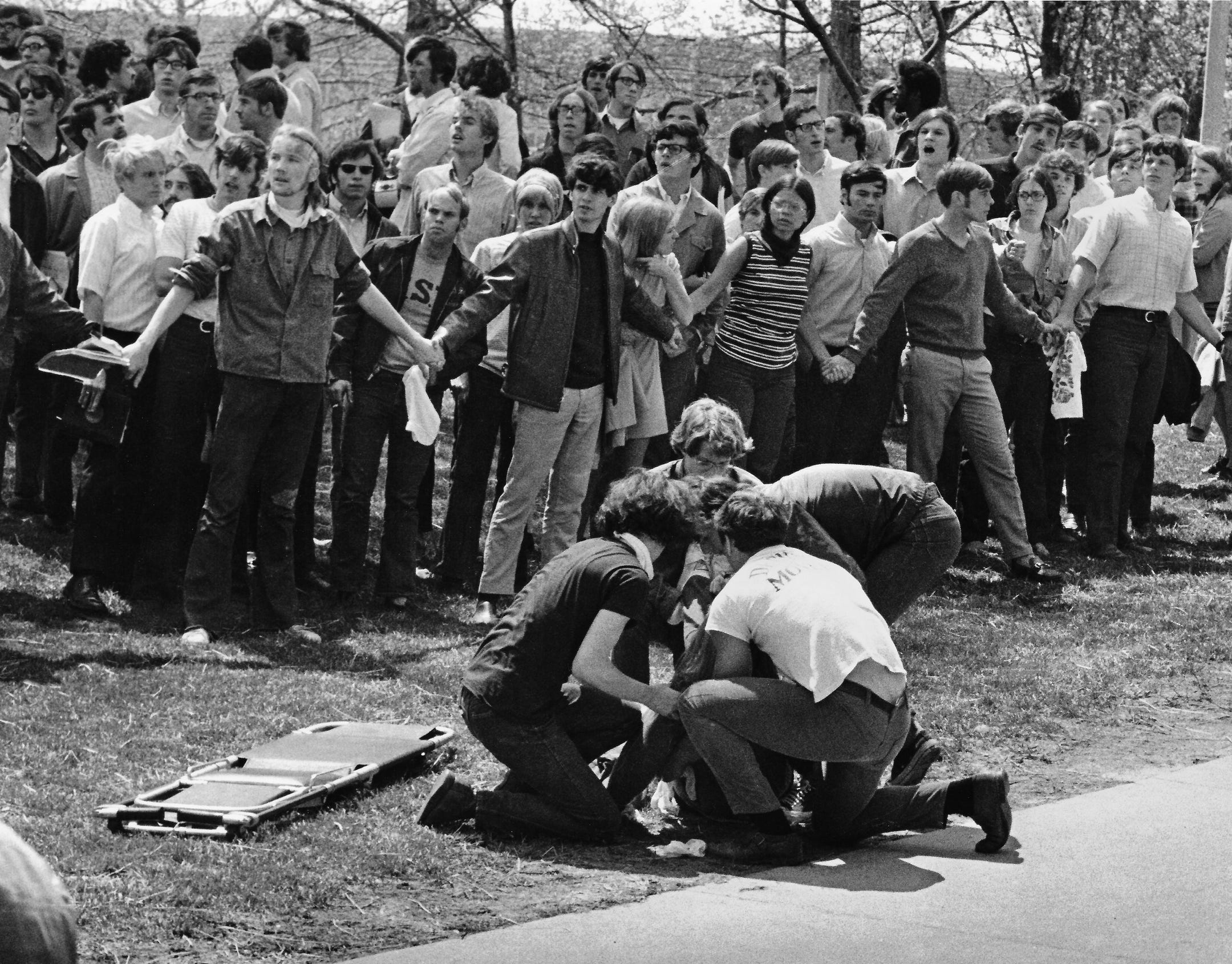Day 40.5: Social Media Data Theory Blog Post

Rebecca Leung and Robert Williams's article about the #MeToo movement contains a discussion about the rhetorical idea of intersectionality. Intersectionality, which is the evaluation of how an event or policy has affected a community that is defined by multiple categories of identification, can be applied to the symbol of the peace sign, which gained popularity in media related to the movement against the Vietnam War. The peace symbol reflected not only the views of Americans wanting their nation to stay out of the war and to stop sending young men into battle, but also the subset of that group of African-Americans in support of the anti-Vietnam War movement. The burden of struggling to obtain civil rights while also keeping young African-Americans from dying in the war is represented by the peace symbol as a reminder of many of the African-Americans' concurrent desires for peace for their group and for their nation as a whole.
The rhetoric of the John Birch Society, which concerns itself with how groups leading social movements often have to evolve and adapt to sustain themselves in bringing about or resisting changes, is applicable to the anti-Vietnam War movement's media referencing Richard Nixon, such as the propaganda poster above. As Nixon became the President of the United States, members of the anti-Vietnam War movement adapted their anti-war propaganda to poke fun at the United States government. Including imagery of Nixon scowling and giving a seemingly half- hearted smile provokes a sense of distrust within the poster's audience, accomplishing the movement's leaders' goal of convincing Americans to question their government and their nation's involvement in the Vietnam War. By adapting their media to poke fun at a specific individual representing the United States government, the members of the anti-Vietnam War movement who created posters such as the image depicted above could keep their message relevant to Americans now under the leadership of a new president.


The two images above reflect two of the three rhetorical phases of a social movement's development as described by Leland M. Griffin in his essay titled "The Rhetoric Of Historical Movements". The first image depicts the "period of inception", or the beginning of a movement, for the anti-Vietnam War movement, which consisted of protests occurring on college campuses throughout the United States. The second image displays the aftermath of the "period of rhetorical crisis", or the response of an opposing group to a given social movement, for the anti-Vietnam War movement, which involved shootings targeting young students at Kent State University who were protesting the Vietnam War.

No comments:
Post a Comment